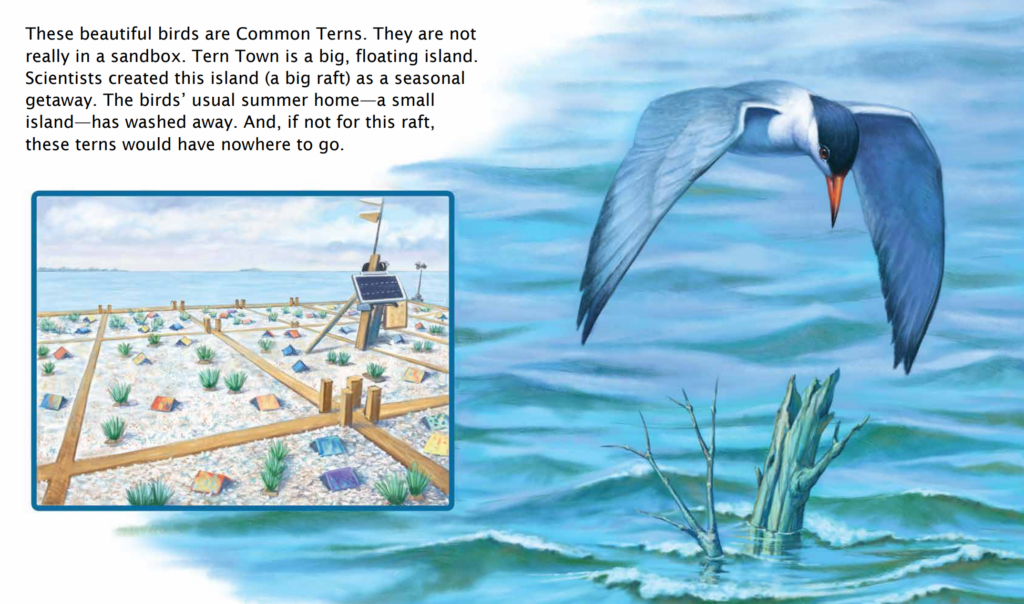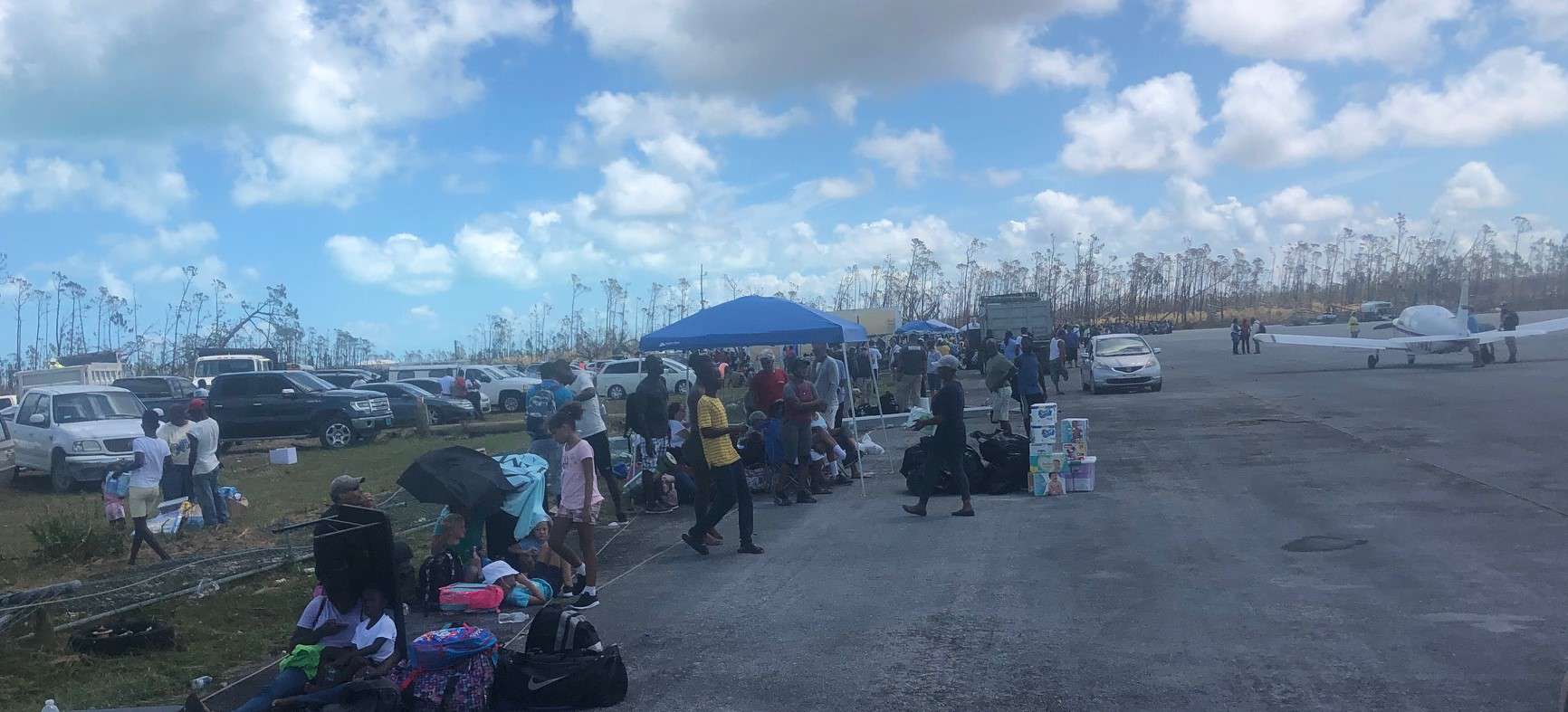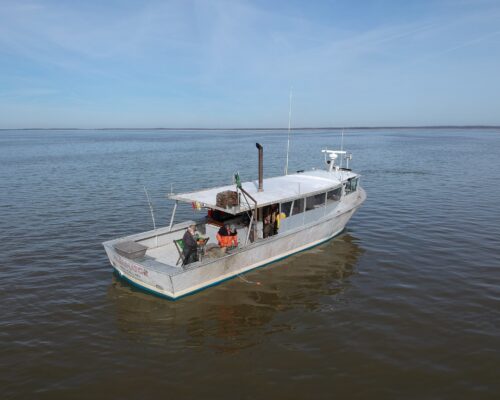On Maryland’s Coastal Bays near Ocean City, scientists came up with a truly creative solution to seabird habitat loss—a fake island, anchored in the bay. The habitat has worked so well that it’s taken on a life of its own as a new children’s book, one with a very happy ending.
Inquisitive kids will enjoy reading Return of the Terns, the new book about scientists using innovative techniques to preserve migrating bird populations along Maryland’s Atlantic Coast. The story comes alive in this picture book written by award-winning children’s author Jennifer Keats Curtis and Kim Abplanalp, Maryland Coastal Bays’ Bird Habitat Coordinator, beautifully illustrated by Phyllis Saroff, and published by Arbordale Publishing.
In the story, Abplanalp and other scientists become alarmed one spring when only 30 migrating common terns returned to their usual nesting habitat. Their small island in Assawoman Bay near Ocean City has washed away, and there is nowhere for the terns to lay their eggs and raise their chicks before their return flight to South America in the fall.
Aimed at kids ages 6-10 (grades 1 through 5), the book shows how the scientists build an artificial floating island and anchor it in the middle of the bay. The terns in this true story get their happy ending: more than 300 common terns have returned to their new habitat this past season.

Chesapeake Bay Magazine‘s 2022 feature, Saving Island Birds, looks at the artificial island project and goes deeper into the challenges sea birds face.
In the children’s book Return of the Terns, their story is approachable and engaging to intelligent young minds, along with the vibrant illustrations that bring the birds to life.
Young readers will learn a lot about these coastal birds, how they lay their eggs in shallow nests hollowed out in the sand, the types of fish they eat (and feed to their chicks) and how scientists humanely trap the terns to measure their beaks and wing spans, then band their legs to keep track of them season after season.
The descriptive text is as colorful as the illustrations:
“The birds are about the size of a hot dog in a bun. With a little black cap on their white heads, they hop about on skinny, orange legs. Their beaks, the color of catsup, open. Shrilly, they call: keek, keek, keek.”
Kids will be amused to see the picture of one scientist wearing a bicycle helmet to prevent being “dive-bombed”. To enhance its educational impact, the authors have included several study pages “for the creative minds” in the back of the book, providing fun facts about the common terns’ life cycle and habitat.
Custis aimed to make wildlife biology more approachable by writing this book.
“It wasn’t in my cards to be a scientist,” Curtis admits, “but I am lucky to work with and learn from scientists. I’m constantly awed by what they are accomplishing to help conserve our environment, especially wild animals. In my mind, with that learning, comes responsibility for letting kids know what I now know.”
Curtis realized that she, herself, learns science best when it’s told as a story. “The Maryland Coastal Bays Program is creating habitat to replace what has washed away. They created an island and they tow it out on a boat! Who wouldn’t want to write about that?”
Return of the Terns provides an entertaining, yet insightful introduction to Maryland’s Atlantic coastal ecology, how bird species are responding to a changing climate, and how scientists are experimenting with new methods to help them survive. You can buy it here, at other major retailers, or through Arbordale Publishing.




